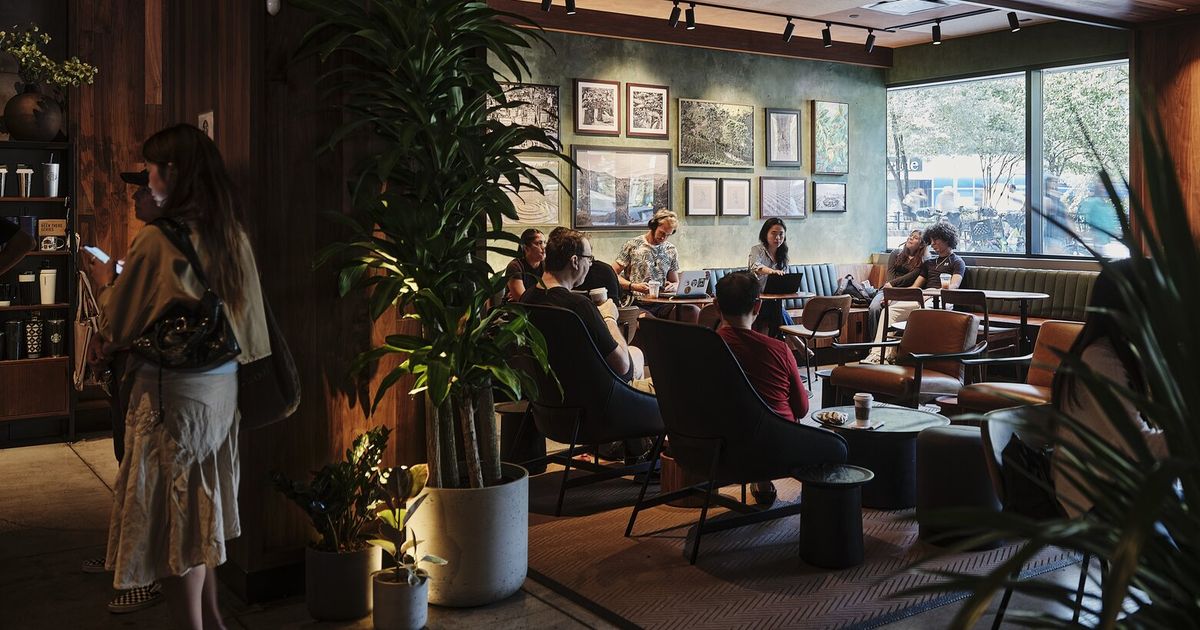Starbucks’ Turnaround Faces Barista Backlash Amid Union Push and Customer Frustrations
Starbucks’ Turnaround Faces Barista Backlash Amid Union Push and Customer Frustrations

Starbucks CEO Brian Niccol’s ambitious year-long turnaround strategy is encountering significant headwinds, particularly from its frontline baristas and evolving customer expectations. While Niccol touts progress, a recent union survey highlights persistent understaffing and overwhelming workloads, fueling a growing divide within the coffee giant.
Since taking the helm a year ago, Niccol has implemented various changes, including eliminating non-dairy milk charges and investing over $500 million in staffing and order-sequencing technology. The goal: premium-priced beverages, fast service, and a welcoming environment across more than 17,000 U.S. stores. However, these efforts come as Starbucks battles its sixth consecutive quarterly sales decline, soaring coffee prices, and fierce competition from rapidly expanding rivals like 7 Brew Coffee and Dutch Bros.
The pressure on baristas is immense. Complex drinks, such as the Strawberry Matcha Strato Frappuccino, demand multiple ingredients and blenders, often during peak hours. New corporate mandates for customer greetings, eye contact, and personalized cup messages, all within tight timeframes, are seen by many as forced and surveilled, leading to disciplinary threats. The recent unionization vote at a California store in August, following issues like restrictive dress codes, underscores widespread discontent. A survey by Starbucks Workers United last week further revealed that baristas feel understaffed and overwhelmed.
Customers are also feeling the pinch. Long wait times and recent price hikes, like the new charge for sugar-free syrup, are driving some to competitors or to make coffee at home. Financially, the increased labor costs and investments have seen Starbucks’ operating margin for the quarter ending June fall from 21% to 13%. Despite this, Wall Street analysts remain cautiously optimistic about Niccol’s long-term strategy, predicting store traffic stabilization next year and profit margin improvements by 2027.
Beyond the U.S., Starbucks faces challenges in China, its second-largest market, where it’s losing ground to local competitors like Luckin Coffee. Niccol is actively seeking an investor for a stake in the region. Internally, while Niccol claims record-low turnover and positive employee feedback from his store visits, many baristas, like Jasmine Leli from a unionized Buffalo store, paint a different picture, citing a sense of powerlessness and forced compliance.
The coming months will be critical for Starbucks as Niccol strives to balance ambitious growth targets and investor expectations with the real-world experiences of his employees and customers, particularly as the unionization movement continues to gain traction.
Disclaimer: This content is aggregated from public sources online. Please verify information independently. If you believe your rights have been infringed, contact us for removal.